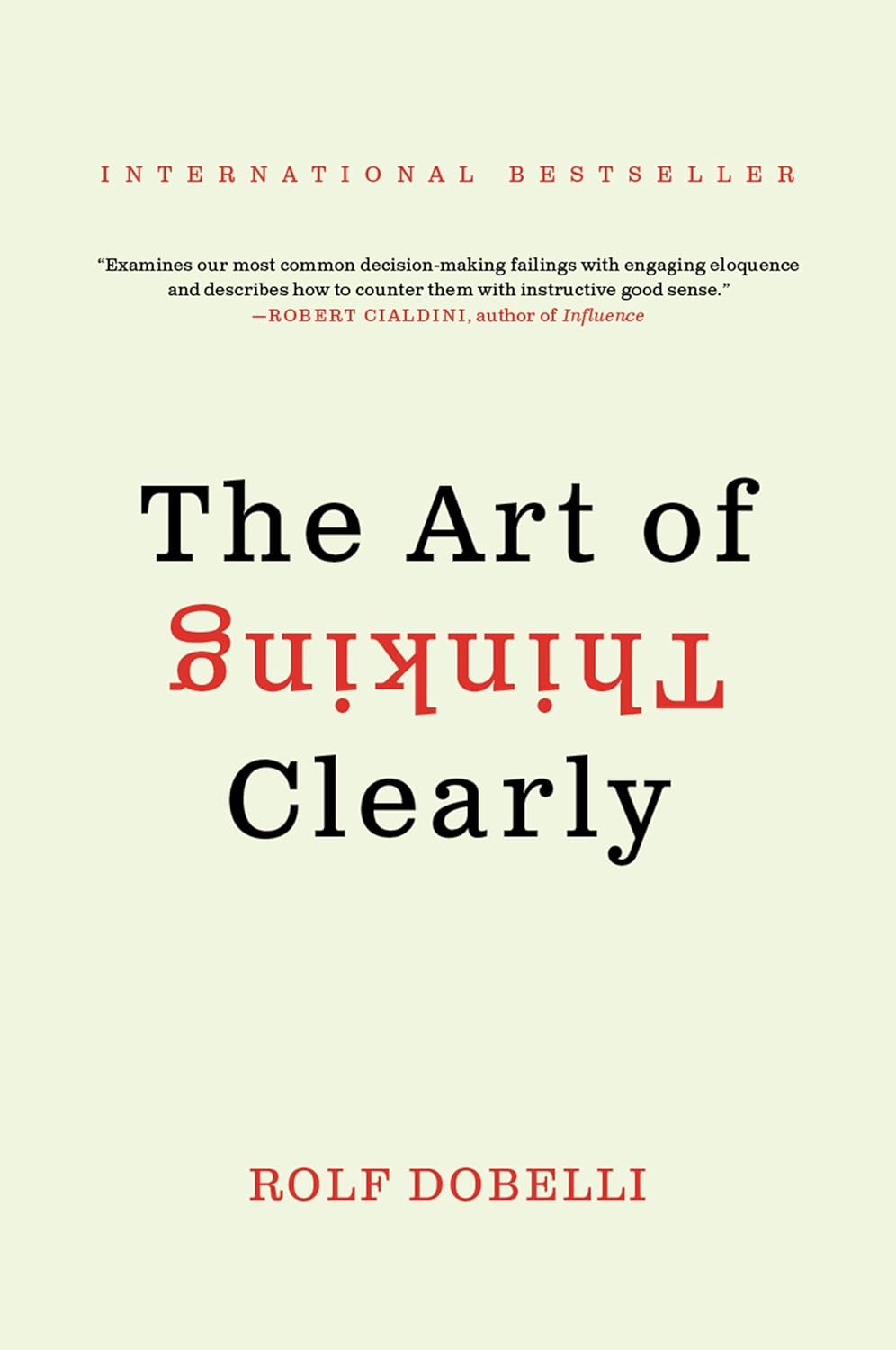Chapter 1. Survivorship Bias
We often see only the winners — the famous musicians, best-selling authors, billion-dollar startups — and mistake their visibility as evidence of how achievable success is. But this illusion comes from survivorship bias — a logical error where we focus only on those who succeeded and ignore the many who failed and disappeared from view.
1.1 The Problem with Only Seeing Winners
Whether it’s Rick starting a band or you investing in a start-up, we overestimate success because the failures are invisible. Behind every rock star are thousands of failed musicians. Behind every published author are hundreds of unseen manuscripts. Behind every tech unicorn are countless bankrupt start-ups.
The media and culture amplify the stories of success — but failures, which vastly outnumber them, are hidden. As a result, we start believing that success is more common than it really is.
1.2 How Survivorship Bias Distorts Reality
Survivorship bias affects more than dreams — it also misleads in business, finance, science, and self-help. For example:
- Investing: You may back a start-up thinking it’s the next Google, ignoring the many more that fail within three years.
- Stock markets: Indexes show only surviving companies; bankrupt ones vanish from the data.
- Science: Studies with positive, dramatic results (even if due to chance) get attention. The countless failed or inconclusive studies are ignored.
Even reading self-help books written by successful people can mislead you — you learn only from those who made it, not the thousands who used the same strategies and failed.
1.3 The Lesson
Success stories are inspiring, but misleading when viewed in isolation. To understand reality better, look beyond the visible winners. Visit the “graveyard” of failed projects, books, businesses, and experiments. Only then can you truly grasp how rare and difficult success really is.
Key quote:
“Survivorship bias means this: People systematically overestimate their chances of success.”

